Goldcoin79
TPF Noob!
- Joined
- May 23, 2012
- Messages
- 152
- Reaction score
- 2
- Location
- Uk, Hemel Hempstead
- Can others edit my Photos
- Photos OK to edit
Hi all
I just came back from holiday which gave me a bit of time to play around with my camera, when I took pictures of scenes I took one in auto mode and some in shutter speed priority mode to compare the differences. After looking back at my pictures and compareing the auto taken one to the Tv ones quite a few of the scenes I took pictures of seemed to be that the picture taken in auto was the best one.
I understand that when I want to do some thing specific like control the DOF for a portrait I wouldn't use an auto setting but for general holiday shots would it be better to use auto or do you think it's just practice needed to get my Tv mode pictures better than the ones taken in auto.
I am enjoying learning about photography so any advice would be helpful.
James
I just came back from holiday which gave me a bit of time to play around with my camera, when I took pictures of scenes I took one in auto mode and some in shutter speed priority mode to compare the differences. After looking back at my pictures and compareing the auto taken one to the Tv ones quite a few of the scenes I took pictures of seemed to be that the picture taken in auto was the best one.
I understand that when I want to do some thing specific like control the DOF for a portrait I wouldn't use an auto setting but for general holiday shots would it be better to use auto or do you think it's just practice needed to get my Tv mode pictures better than the ones taken in auto.
I am enjoying learning about photography so any advice would be helpful.
James



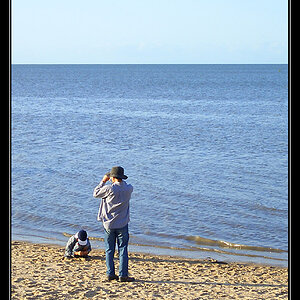
![[No title]](/data/xfmg/thumbnail/32/32926-ec27ecead8c80d803404500d8f888dbf.jpg?1619735754)
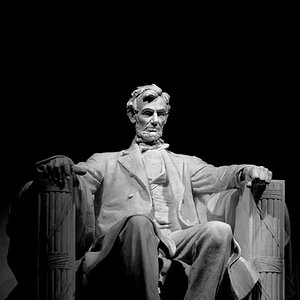
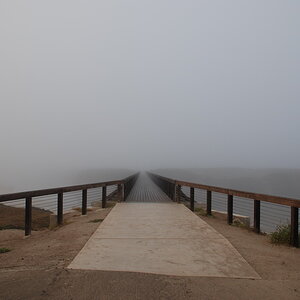

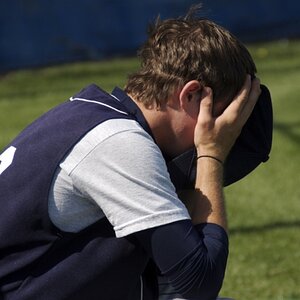
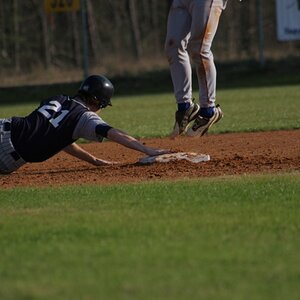
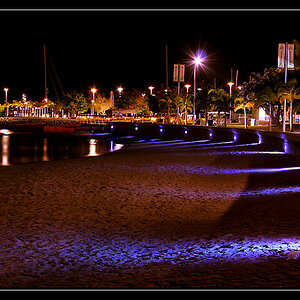
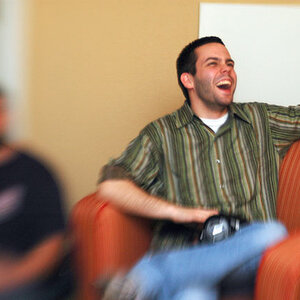
![[No title]](/data/xfmg/thumbnail/42/42025-fa343f816d0cedc45447aa0b300e301e.jpg?1619739982)
![[No title]](/data/xfmg/thumbnail/35/35269-511d1e0ac8ed5256fd706829d2ecb719.jpg?1619736972)